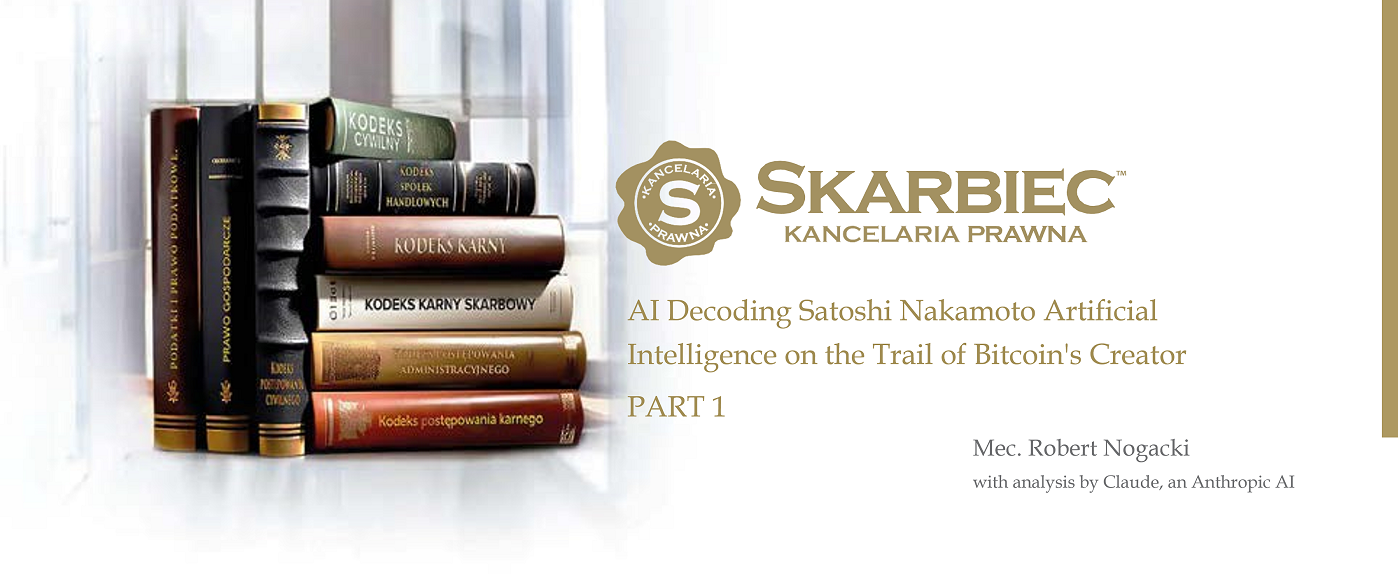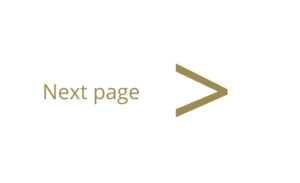
Beyond the Primary Theory: Other Possible Native Languages
Chapter 5
If we assume English is not Satoshi’s native language, the Bitcoin whitepaper offers intriguing clues about their linguistic background. The document displays distinctive patterns that point primarily toward two possible language families: Germanic and Japanese. These influences manifest in both structural patterns and stylistic choices that repeatedly surface throughout the text.
5.1. Germanic Language Influences
The most prominent Germanic markers appear in the document’s sentence structure and technical exposition. Germanic languages are known for their precision and compound construction, traits that consistently emerge in the whitepaper’s writing style.
The author demonstrates a clear preference for compound technical terms and complex sentence structures characteristic of Germanic syntax. Consider this passage: ” he network timestamps transactions by hashing them into an ongoing chain of hash-based proof-of-work, forming a record that cannot be changed without redoing the proof-of-work “. This construction shows the Germanic tendency toward compound technical descriptions, combining multiple concepts into precise, efficient structures.
The document’s overall composition style strongly aligns with Germanic academic traditions. We see systematic and methodical presentation of ideas, with a marked focus on technical precision rather than rhetorical elegance. This approach mirrors the Germanic academic emphasis on clarity and exactitude over stylistic flourish.
5.2. Japanese Language Influences
Intriguingly, many of these same structural elements could also suggest Japanese language influence. Japanese academic writing shares several key characteristics with Germanic traditions, particularly in its approach to technical exposition.
The writing displays a consistent tendency toward formal, polite academic style—a hallmark of Japanese technical writing. Ideas unfold in a characteristically Japanese pattern, moving from broad concepts to specific details. This progression appears repeatedly throughout the document, suggesting possible Japanese thinking patterns.
Consider this example: “To accomplish this without a trusted party, transactions must be publicly announced.” This construction exhibits formal patterns common in both Germanic and Japanese academic writing, particularly in its use of passive voice and conditional structures. The sentence follows a logical pattern typical of both traditions: establishing conditions before stating conclusions.
5.3. Shared Characteristics
Many of the document’s most distinctive features could stem from either language background:
- Systematic Organization
The meticulous organization of ideas and clear separation of concepts could reflect either Germanic precision or Japanese structural preferences. Both traditions value systematic presentation and logical progression.
- Technical Precision
The document’s emphasis on precise technical language and careful attention to detail aligns with both Germanic and Japanese academic traditions. Both languages excel at conveying technical concepts with exactitude.
- Formal Academic Style
The consistent use of formal academic constructions could indicate either background. Both traditions place high value on academic formality and technical clarity.
- Methodical Explanation
The step-by-step approach to explaining complex concepts mirrors both Germanic and Japanese pedagogical traditions. Both cultures emphasize thorough, methodical explanation in technical writing.
This overlap of Germanic and Japanese linguistic markers presents an interesting puzzle. The shared characteristics between these language families make it challenging to definitively identify Satoshi’s native language based solely on these patterns. However, this analysis suggests several possibilities:
- The author could have a primary background in either language family, with strong academic exposure to the other tradition.
- The similarities might reflect international academic English rather than specific language influence, as both Germanic and Japanese academic traditions have significantly influenced global technical writing.
- The author might have received formal education in an environment where both influences were present, such as an international technical university.
The persistence of these patterns throughout the document suggests they reflect deep linguistic habits rather than surface-level style choices. Whether primarily Germanic or Japanese in origin, these patterns indicate an author thoroughly trained in formal academic and technical writing traditions.
This analysis adds another layer to our understanding of Satoshi’s background: someone educated in rigorous academic traditions that emphasize precision, systematic thinking, and careful technical exposition. While we cannot definitively identify their native language, we can see clear evidence of sophisticated academic training that bridges multiple technical writing traditions.

Founder and Managing Partner of Skarbiec Law Firm, recognized by Dziennik Gazeta Prawna as one of the best tax advisory firms in Poland (2023, 2024). Legal advisor with 19 years of experience, serving Forbes-listed entrepreneurs and innovative start-ups. One of the most frequently quoted experts on commercial and tax law in the Polish media, regularly publishing in Rzeczpospolita, Gazeta Wyborcza, and Dziennik Gazeta Prawna. Author of the publication “AI Decoding Satoshi Nakamoto. Artificial Intelligence on the Trail of Bitcoin’s Creator” and co-author of the award-winning book “Bezpieczeństwo współczesnej firmy” (Security of a Modern Company). LinkedIn profile: 18 500 followers, 4 million views per year. Awards: 4-time winner of the European Medal, Golden Statuette of the Polish Business Leader, title of “International Tax Planning Law Firm of the Year in Poland.” He specializes in strategic legal consulting, tax planning, and crisis management for business.







